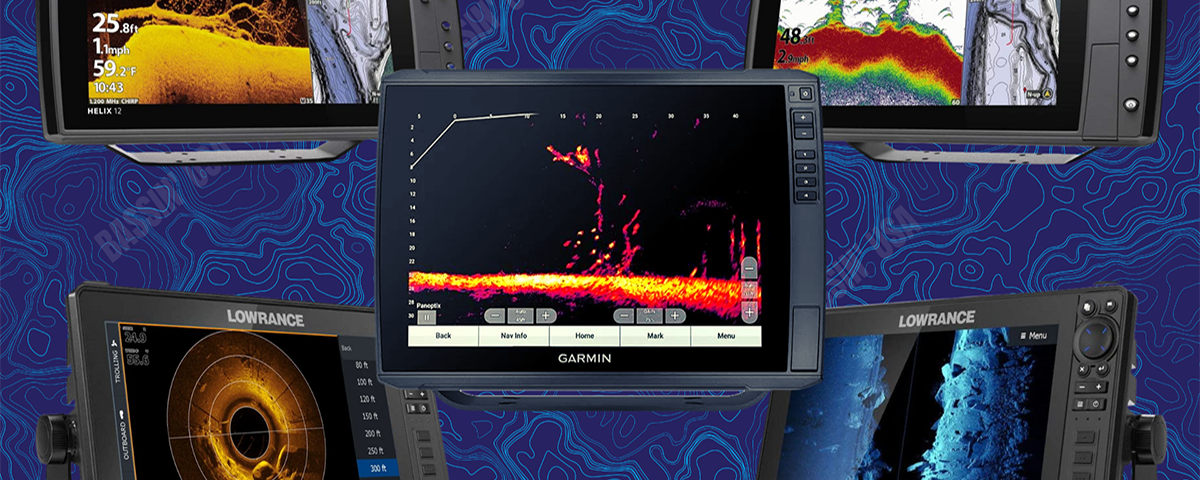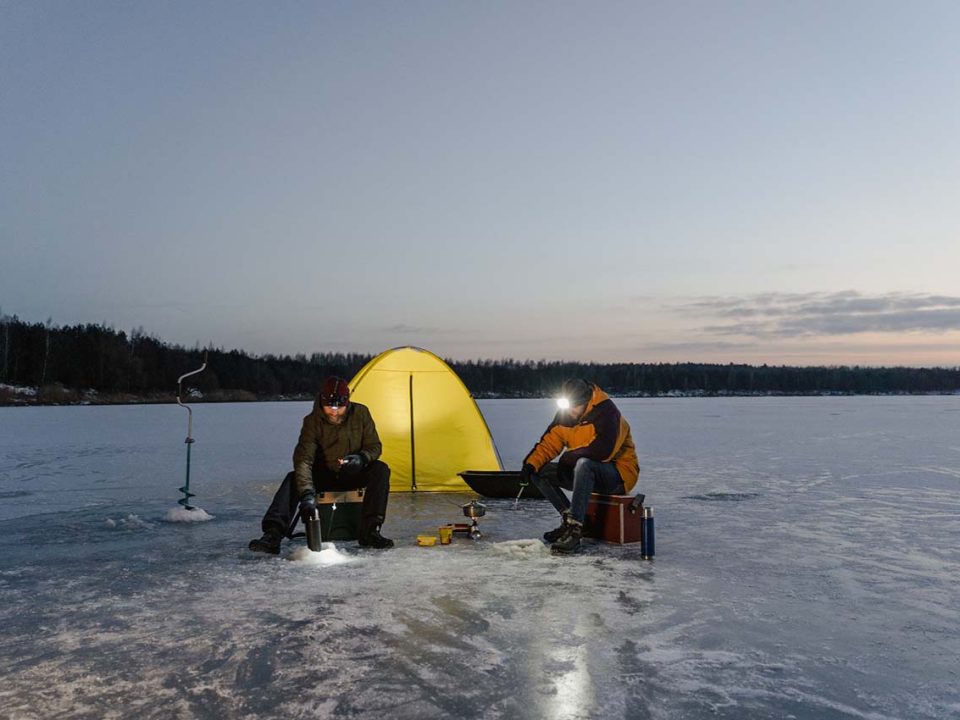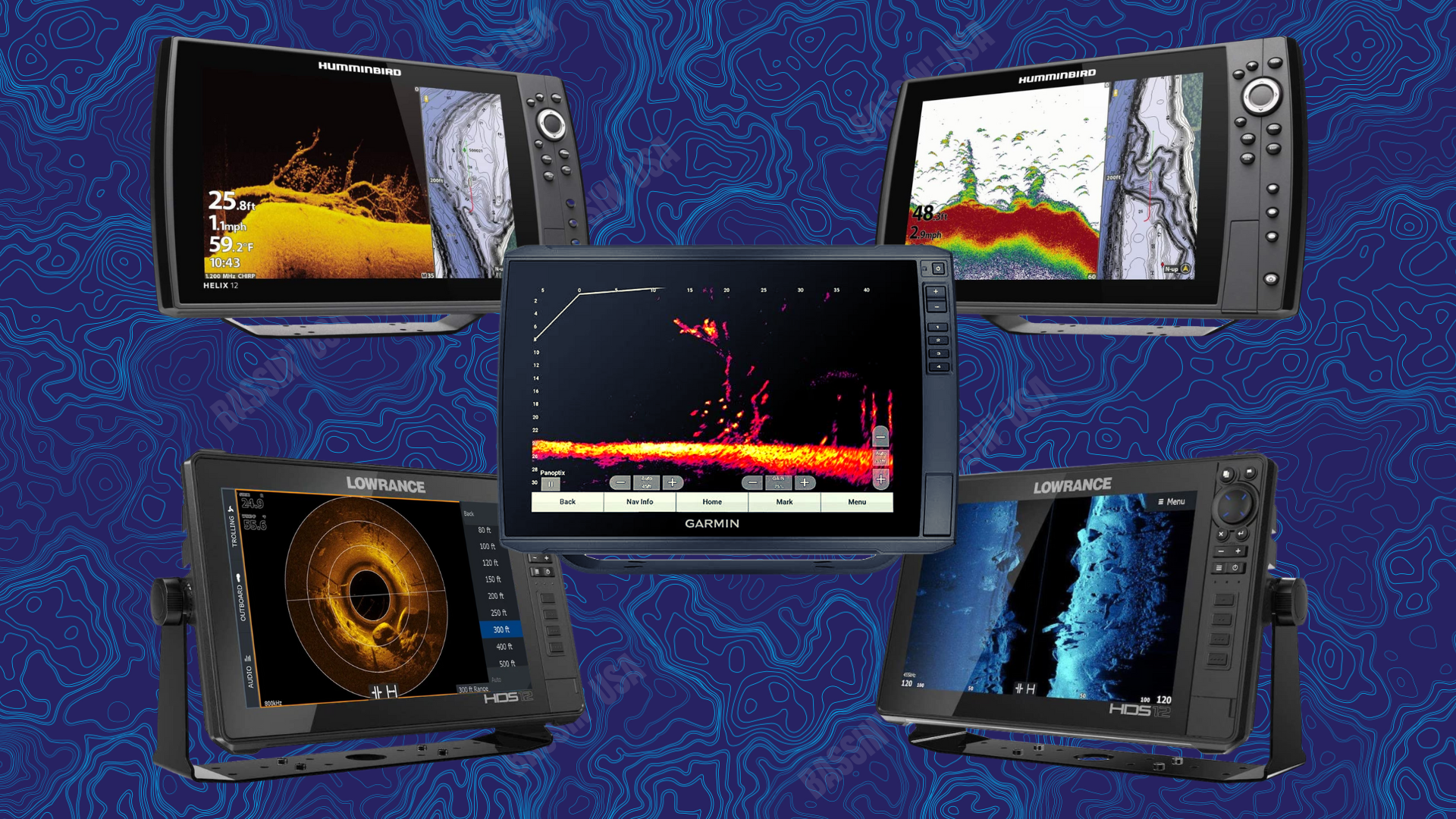
Are you ready to take your fishing game to the next level? If so, you'll want to know about the different types of sonar technology available. Traditional sonar, down imaging, side imaging, 360 imaging, and forward-facing sonar all have their unique benefits and uses. Each one can provide you with a better understanding of the underwater environment and help you locate and catch more fish. In this article, we'll break down the differences between these technologies and help you choose the right tool for your fishing needs. So, grab your fishing gear and let's dive in!
Traditional Sonar (2D Sonar) is a common tool used by fishermen to locate and catch fish. It works by emitting a beam of sound waves from the transducer, which is mounted on the boat, and then receiving the reflected echoes. These echoes are then translated into a visual display on the sonar unit, allowing the fisherman to see the underwater terrain and structures in real-time. Traditional sonar is particularly useful for locating fish in deeper water and for identifying the bottom composition and structure

Down Imaging is a type of sonar technology that uses high frequency sound waves to create a detailed, high-resolution image of the underwater terrain and structures directly beneath the boat. It is similar to traditional sonar in that it uses reflected sound waves to create a visual display, but it is able to provide a much more detailed and accurate image of the bottom. Down Imaging is particularly useful for locating fish in shallow water and for identifying structures and cover that may hold fish, such as weeds, logs, or rocks.
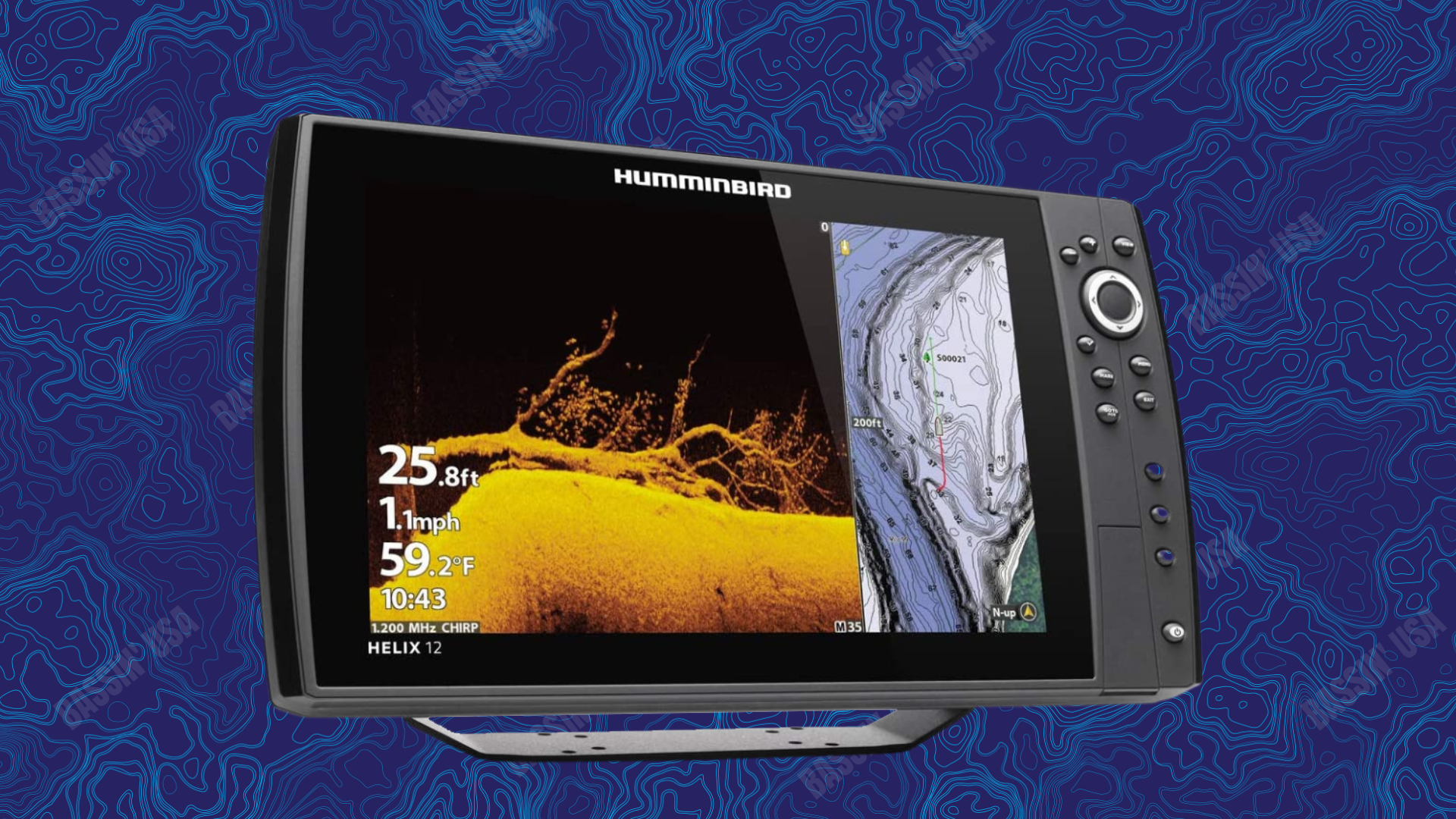
Side Imaging is a type of sonar technology that uses high frequency sound waves to create a detailed, high-resolution image of the underwater terrain and structures to the sides of the boat while the boat is moving. It is similar to Down Imaging in that it uses reflected sound waves to create a visual display, but it is able to scan a much larger area to the sides of the boat. Side Imaging is particularly useful for locating fish in structure or cover and for identifying contours, such as drop-offs, points, and ledges.

360 Imaging sonar technology allows you to see a detailed, 360-degree view of the underwater environment around the boat “without moving the boat”. The transducer rotates 360-degrees inside of it casing and uses the reflected sound waves to create a visual display on the unit. This can be helpful in a variety of ways. For example, you can fish down a shoreline while scanning 360-degrees around the boat to identify the location of bait fish and underwater structures such as drop-offs, points, and weed beds, etc. In the past, 360 Imaging was cutting edge technology, because it was the first imaging that allowed you to see what around the boat, not just beneath it.

Forward-Facing Sonar (FFS) or Live Imaging is a term that is sometimes used to describe sonar technology that provides a real-time, continuous display of the underwater environment using a Live forward-facing sonar beam. This type of sonar is particularly useful for quickly and effectively scanning a specific area of water and for locating fish in real-time. It is also useful for seeing what is happening in the present moment and making decisions based on the current conditions. This is truly ground breaking technology that has changed the way anglers are able to locate structure, fish and even see how fish are reacting to their lure.
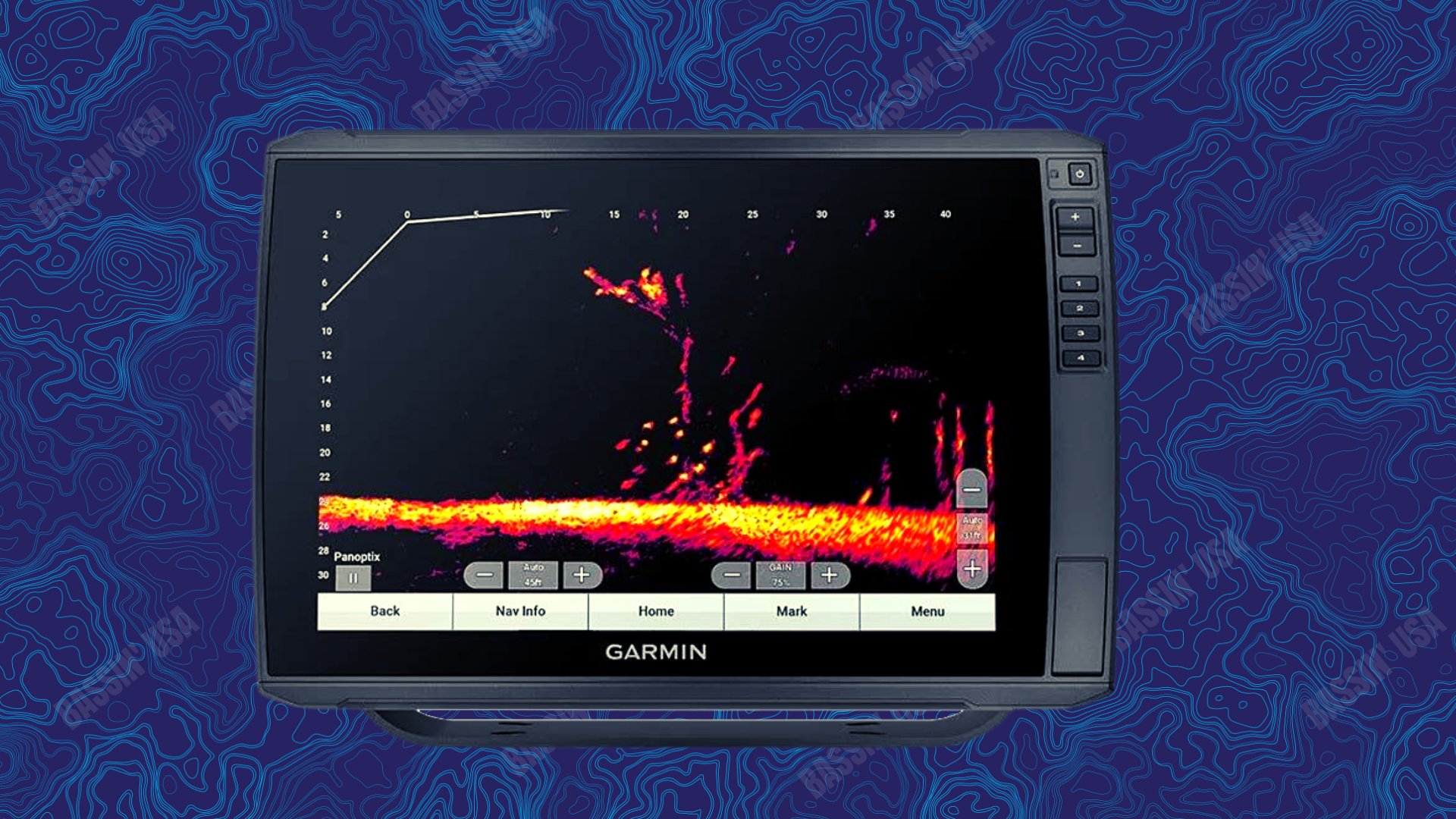
With so many sonar options, why all the hype about Live Forward-Facing Sonar over the rest? The primary benefits of Forward-Facing Sonar is that it provides a real-time image of the underwater environment, including any fish or baitfish in the water. This allows the fisherman to see what is happening in the present moment and make decisions based on the current conditions.
As we discussed, with Live Forward-Facing Sonar systems like Garmin Livescope, Lowrance ActiveTarget & Humminbird Mega Live Imaging, the beam is emitted out of the front of the transducer, rather than straight down as with traditional sonar. Many anglers attach the transducer to their trolling motor at the bow of the boat, allowing them to sweep the sonar beam in whatever direction they want. Some anglers, particularly crappie fishermen, like to attach the transducer to a pole that they can move from side to side by hand allowing them the ability to steer the boat with the trolling motor without changing the direction the transducer is pointing. Similar poles have been crafted by ice fishermen so they can look at what’s happening all around the water under the whole they drilled.
Side imaging and 360 Imaging sonar, on the other hand, refers to the way in which the sonar data is displayed on the screen. With side imaging sonar, the data is presented as a detailed, high-resolution image of the underwater terrain and structures to the sides of the boat. 360 Imaging creates a similar picture in a 360-degree circular image on the unit. This allows the fisherman to see detailed contours, such as drop-offs, points, and ledges, as well as any fish or other objects in the water. However, it is important to note that side imaging sonar only shows what has happened in the past, as it takes time for the sonar beam to travel to the bottom and back. This means that it may not provide a real-time image of the underwater environment.
While both Live Forward-Facing Sonar and Side Imaging Sonar have their own unique benefits and uses, it is important to understand the differences between the two. Live forward-facing sonar is particularly useful for quickly and effectively scanning a specific area of water and for locating fish in real-time, while side imaging sonar is useful for providing a detailed view of the underwater terrain and for seeing fish and other objects in the water. Many modern sonar units offer both forward facing and side imaging capabilities, allowing fishermen to benefit from both technologies.
Overall, Traditional Sonar, Down Imaging, Side Imaging, 360 Imaging and Forward-Facing Sonar are all valuable tools for fishermen, providing a quick and effective way to locate and catch fish. Each type of sonar has its own unique benefits and uses. Companies like Garmin, Lowrance and Humminbird all make units that offer a combination of these technologies to provide a comprehensive view of the underwater environment with a wide range of features. If you’re a serious tournament angler, weekend warrior, or just enjoy getting out on the water and having fun, you should pick the right technology that is going to help you be as effective as you can be when you’re on the water. So before you start forking over big money for every piece of technology on the market, think about what you would like to accomplish when you’re out on the water and go from there. Having them all doesn’t guarantee anything… in the end, you’ve still got to catch them.

